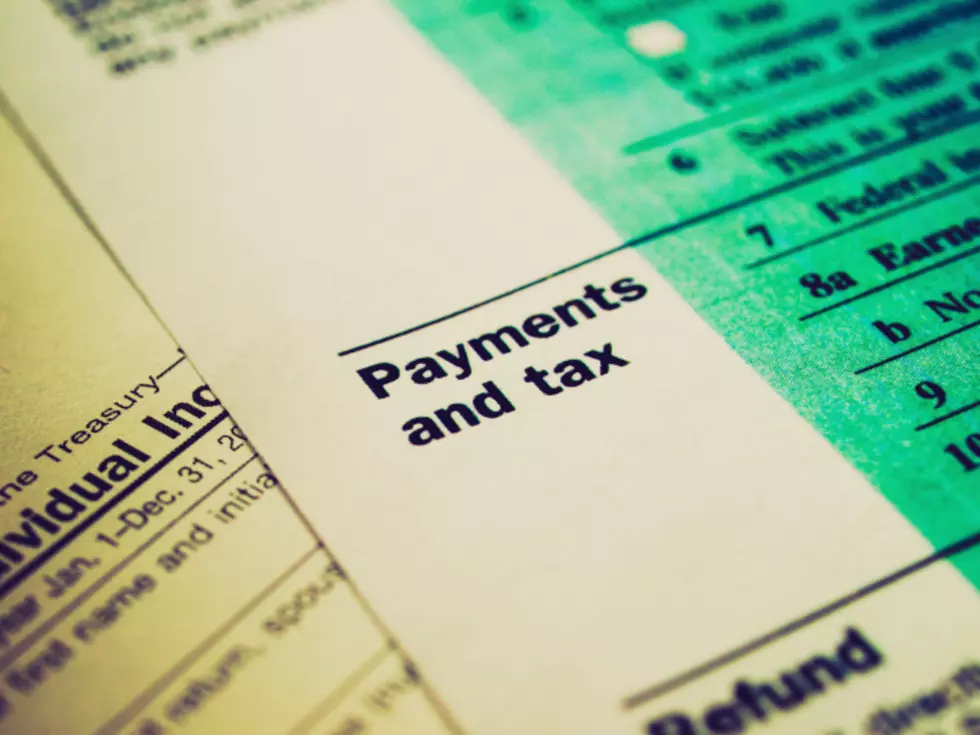
Estimated taxes and when to pay them: What you need to know
Q. I’ve been offered a consulting job by one of my company’s clients. This would be on the side of my regular job. Do I have to file estimated taxes?
— Tax wary
A. Nobody wants to be hit with a big tax bill come tax time. And you certainly don’t want to pay penalties to the IRS.
Most W-2 employees who have taxes withheld from their paychecks typically won’t have to worry about underpayment penalties because their taxes due are withheld by their employer as they are paid, said John Zeltmann, a certified financial planner with RegentAtlantic in Morristown.
But in some instances, and especially in cases where employees do contract work outside of their primary job, folks may run into tax withholding issues, he said.
Zeltmann said if you receive significant amounts of income that isn’t otherwise subject to withholding tax, such as dividends/interest, alimony, or gains from stock sales, you may not be withholding enough tax throughout the year to avoid underpayment penalties.
“Look at it this way: Taxing authorities want to make sure you’re paying taxes as you go and not simply waiting until your tax filing deadline to catch up,” Zeltmann said. “So be it through withholding from your paycheck or quarterly estimated tax payments, the government wants to make sure you’re paying what you owe throughout the year.”
Per the IRS website, you must make estimated tax payments for the current tax year if both of the following apply:
• You expect to owe at least $1,000 in tax for the current tax year after subtracting your withholding and refundable credits.
• You expect your withholding and refundable credits to be less than the smaller of: 90 percent of the tax to be shown on your current year’s tax return or 100 percent of the tax shown on your prior year’s tax return. (Your prior year tax return must cover all 12 months.)
Estimated tax payments must be made in four quarterly installments throughout the year with the following due dates: April 15, June 15, Sept. 15 and Jan. 15.
“Once you figure out what you owe for a given year, divide that figure by four and pay that amount to the IRS by each of those due dates,” Zeltmann said. “Prior to making your final estimated payment, you may want to review your original estimates to make sure you are close to what you originally projected so you don’t risk falling short — thereby triggering a penalty.”
Zeltmann said there is a way to qualify for an IRS-approved “safe harbor” exception, which is especially helpful if you don’t want to go to the trouble of estimating income at the beginning of the year.
“Per the IRS, if your total tax payments (through withholding and estimated payments) equals at least 90 percent of the current tax year’s actual liability or your adjusted gross income (AGI) is less than $150,000 and you cover at least 100 percent of the prior year’s tax liability through withholdings and estimated payments, you can avoid an estimated tax penalty,” he said.
And under the second available “safe harbor” provision, if your AGI is greater than $150,000, you’ll have to cover at least 110 percent of your prior year’s tax liability in order to avoid an underpayment penalty, he said.
“I always recommend consulting with your accountant when making any final decisions regarding estimated tax payments,” Zeltmann said. “He or she knows your situation best and will be able to make sure you avoid any unnecessary underpayment penalties.”
Karin Price Mueller writes the Bamboozled column for The Star-Ledger and she’s the founder of NJMoneyHelp.com. Click here to sign up for the NJMoneyHelp.com weekly e-newsletter. Like NJMoneyHelp.com on Facebook and follow it on Twitter.
More From New Jersey 101.5 FM









